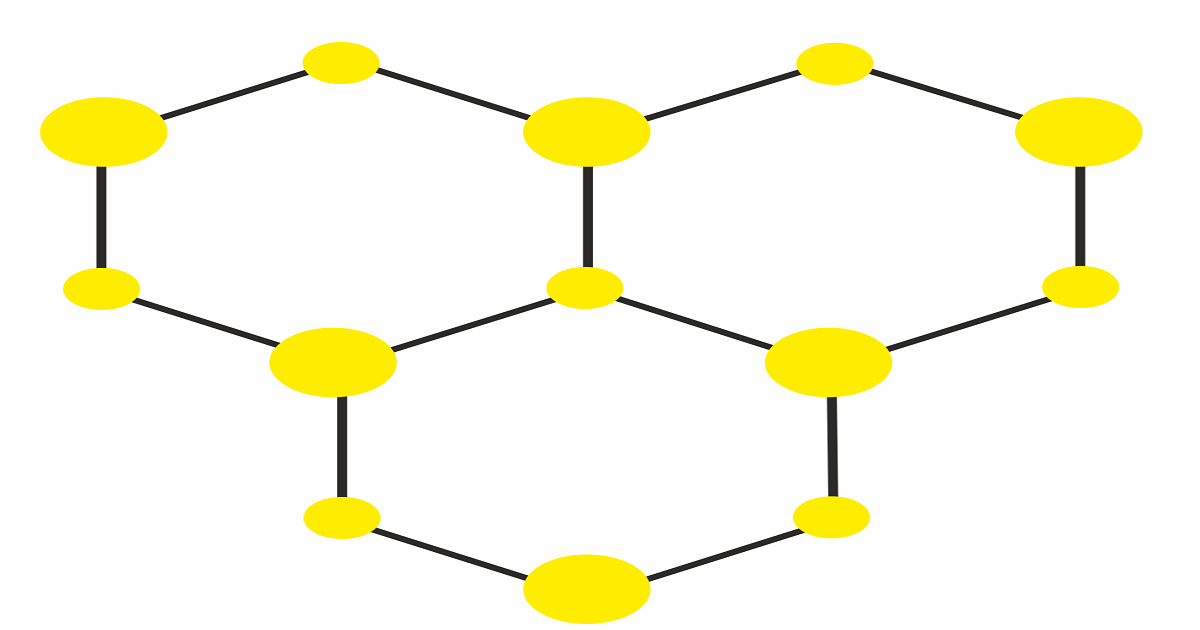Recent Advances in Graphene and Other 2D Materials
A special issue of Applied Sciences (ISSN 2076-3417). This special issue belongs to the section "Materials Science and Engineering".
Deadline for manuscript submissions: 20 September 2024 | Viewed by 737

Special Issue Editors
2. International Iberian Nanotechnology Laboratory, 4715-330 Braga, Portugal
Interests: theory and modelling of optical properties of low-dimensional semiconductors; graphene and plasmonic nanoparticles
Special Issues, Collections and Topics in MDPI journals
Interests: theory and modelling of surface plasmon-polaritons in graphene and other 2D materials; nonlinear phenomna in optics and other areas
Special Issue Information
Dear Colleagues,
Since the first demonstration of the unique properties of the thinnest possible material in nature, graphene, in 2004, it has attracted enormous researcher interest from all over the world. The reason for this is graphene’s fascinating electronic, optical and mechanical properties, such as its high mobility of charge carriers, high transparency of graphene in combination with its electrical conductivity, the possibility of having electrical control of its optical properties in the particularly interesting THz-to-FIR spectral range, strong optical nonlinearities, extraordinary elastic properties and high mechanical robustness (compared to other materials of the same thickness). These and other properties of graphene opened the door to a series of already existing and potential practical applications, such as power grids, photodetectors, sensors, light sources, anticorrosion coatings, conducting paper, etc. The whole area of THz plasmonics rose up thanks to graphene.
The graphene boom had other significant consequences. First, it spurred the search of other two-dimensional materials, having already yielded transition metal dichalcogenides, TMDs (2D semiconductors), boron nitride, h-BN (a 2D insulator), as well as a number of 2D magnetic materials, e.g., Xenes, etc. In particular, TMDs support extremely robust excitons and are characterised by their strong spin–valley correlation, while optical phonons in the h-BN are hyperbolic (with different signs of group velocity in different directions). These unusual properties promise novel and interesting applications in physics and other important areas. Secondly, the honeycomb crystal structure, characteristic of graphene and TMDs, responsible for some of their unique properties, inspired researchers to mimic it in other systems, such as cold atoms and photonic crystals.
This Special Issue aims to gather original research articles and review papers describing experimental and theoretical results concerning research in the area of graphene and other 2D materials. It is open to contributions covering fundamental research, material properties and applications, including 2D material-based photonic, (opto-)electronic, sensing and mechanical devices.
Prof. Dr. Mikhail I. Vasilevskiy
Prof. Dr. Yuliy V. Bludov
Dr. Tetiana Slipchenko
Guest Editors
Manuscript Submission Information
Manuscripts should be submitted online at www.mdpi.com by registering and logging in to this website. Once you are registered, click here to go to the submission form. Manuscripts can be submitted until the deadline. All submissions that pass pre-check are peer-reviewed. Accepted papers will be published continuously in the journal (as soon as accepted) and will be listed together on the special issue website. Research articles, review articles as well as short communications are invited. For planned papers, a title and short abstract (about 100 words) can be sent to the Editorial Office for announcement on this website.
Submitted manuscripts should not have been published previously, nor be under consideration for publication elsewhere (except conference proceedings papers). All manuscripts are thoroughly refereed through a single-blind peer-review process. A guide for authors and other relevant information for submission of manuscripts is available on the Instructions for Authors page. Applied Sciences is an international peer-reviewed open access semimonthly journal published by MDPI.
Please visit the Instructions for Authors page before submitting a manuscript. The Article Processing Charge (APC) for publication in this open access journal is 2400 CHF (Swiss Francs). Submitted papers should be well formatted and use good English. Authors may use MDPI's English editing service prior to publication or during author revisions.
Keywords
- graphene
- two-dimensional materials
- plasmonics
- excitons
- phonons
- polaritons
- spintronics
- valleytronics
- nonlinear optical properties
- plasmonic cavities
- molecular sensors
- photodetectors
- absorbers
- single-photon emitters






